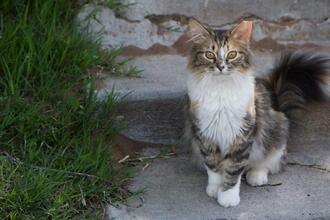Helping Cats Where They Are

Find your local campaign
Your Location
Campaigns (21)
-
La PorteSaving Cats in Our Community [La Porte, Texas]In order to create compassionate no-kill communities and achieve no-kill for cats nationwide, we need communities to support lifesaving programs like Trap-Neuter-Return [TNR]. The process is simple: cats are caught (often by volunteers), evaluated by veterinarians, vaccinated, spayed or neutered, and returned to their original outdoor homes, unable to have kittens. These programs are also proven to be the most cost-effective, veterinarian-approved, and animal-friendly solution for controlling and reducing free-roaming cat populations.97 of 100 SignaturesCreated by Irene A.

